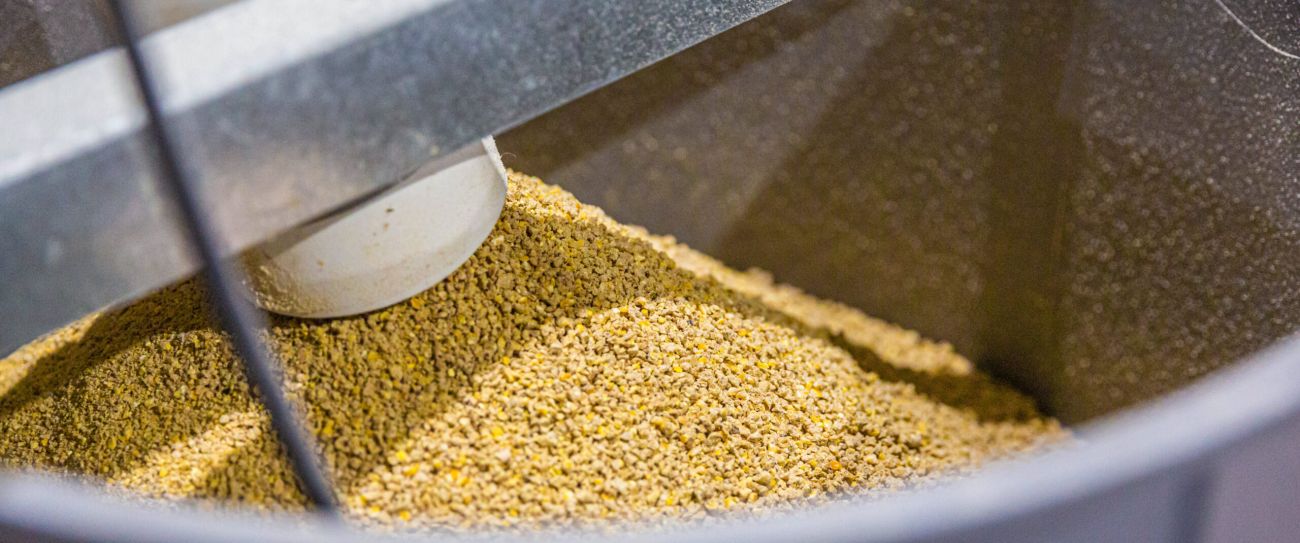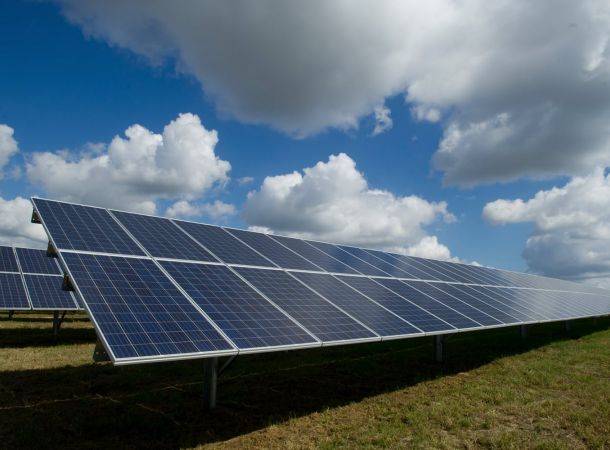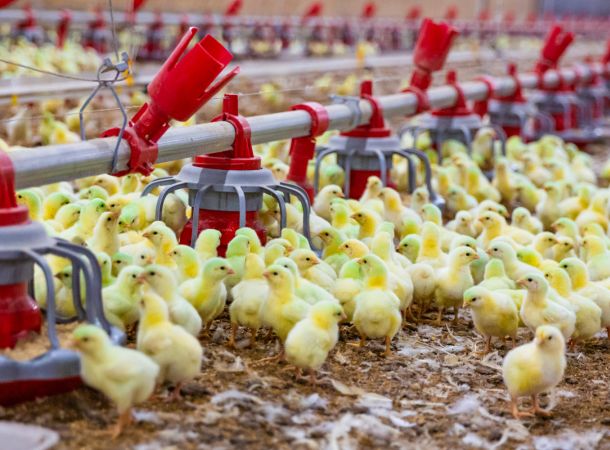Keeping Chickens Healthy and Productive: Applying Best Practices When Buying or Building a Poultry Farm

First Financial Bank
As a commercial poultry farmer, maximizing yield and minimizing loss is imperative for running a profitable operation. However, the well-being of the birds themselves directly impacts outcomes. Poultry farmers can reduce mortality rates and increase productivity by creating optimal environments and preventative healthcare.
Keeping pace with production research allows farmers to maximize yields without sacrificing bird welfare in unsafe, overly demanding environments. If you are looking to buy or build a poultry house, you want to create excellent living conditions that are conducive to vitality and efficient processing. Poultry farmers should plan to focus on implementing the latest science-based best practices for elements like proper ventilation, friable litter, biosecurity, and temperature regulation throughout the full growth cycle. Attentive husbandry aligned with integrators’ contractual standards protects operators from losing entire flocks to preventable disasters like contagious illness or heat stress.
If you are making plans and want to incorporate best practices – but are unsure where to look for advice – we’ve provided a range of recommendations for you to consider below.
Proper Ventilation and Air Quality
According to the United States Department of Agriculture (USDA), ventilation is the most vital factor impacting health outcomes for broods. Barns must exchange air rapidly enough to prevent the buildup of moisture, heat, and impurities like dust, dander, and ammonia that stress a flock’s respiratory systems. At a minimum, four air changes per hour are recommended, with inlets circulating cool, fresh air and fans exhausting stale air. The cold stress may necessitate reducing winter ventilation rates. In hot months, cooling systems like foggers, misters, or evaporative cooling pads keep temperatures in the optimal 65-75°F range. These methods also increase relative humidity to around 70%, counteracting the drying effects of fans.
Maintaining Dry, Friable Litter
University of Georgia researchers found that wet, caked litter provides an ideal environment for propagating pathogens and parasites. The resulting dermatitis and respiratory issues directly undermine productivity. A dry litter with a crumbly texture—known as friability—not only suppresses harmful bacteria growth but also minimizes skin irritation and ammonia release as birds move about. A study published in the National Library of Medicine also found that litter moisture content should remain below 25% at an ideal rate. Providing adequate floor space per bird ensures litter stays loose rather than compressing into damp masses. Between flocks, full cleanout and disinfection with USDA-approved products reduces carryover contamination.

Biosecurity Protocols
Virulent diseases can decimate entire flocks when introduced from outside sources. Restricting access to poultry houses limits potential transmission vectors. Research advises that providing site-dedicated boots and protective coveralls for personnel, along with rigorous hand washing before entry, establishes crucial sanitary barriers in alignment with integrators’ biosecurity requirements. Strict protocols barring visitors minimize chances of contamination while essential servicemen observe cleansing routines. Maintaining rigorous pest control also prevents disease spread by insects or rodents inside the houses and surrounding premises. Companies often mandate additional procedures in contracts with growers, who must comply to continue supplying birds. Though biosecurity demands diligence, when a contagious illness infiltrates a barn, having procedures in place for the early detection and isolation of sick birds provides the best chance to contain the infection.
Adapting for Different Production Phases
According to the National Chicken Council, broilers, egg laying hens, and breeding stock each require adjusted environmental parameters over their lifecycle. Younger chicks need extra warmth, for instance, 90°F for the first week, tapering down to 80°F by three weeks old. The temperature then holds steady between 75-80°F until market weight. The USDA’s Poultry Industry Manual advises that lighting also needs to shift, beginning with 23 hours of light for newly hatched chicks and dropping as birds begin to reach market maturity. For laying hens, 14-16 hours provides optimal light exposure to cue ovulation, while too little light suppresses egg production.
Conclusion
As research continues advancing best practices for poultry health and performance, major integrators consistently update contractual standards for their growers to supply birds meeting current specifications. Though implementing better facilities and stricter protocols may require more investment up front, enhanced performance incentives tied to new contracts allow farmers to offset these costs over the growing seasons. Adapting to evolving guidelines poses challenges but enables long-term viability.
By continuously tuning barn environments to align with the latest science-based recommendations for ventilation, temperature regulation, biosecurity, and more, producers equip flocks to reach their full productivity potential within optimized conditions conducive to vitality. When livestock thrive biologically, farmers also thrive economically.
Having a plan in place before you build or buy a poultry house to diligently optimize your internal farm ecosystem offers the clearest path toward profitability in a highly consolidated industry. Producing for processing giants means striking a constant balance between input costs, output yields, and bird well-being. Building or buying a poultry farm with housing that provides fully climate-controlled, research-supported environments allows producers to secure advantages for their operations as well as the health of birds under their stewardship.
Have plans to buy or expand your poultry farm? Are you looking for a loan to finance your equipment upgrades? Let’s chat!

When Refinancing Poultry Debt Makes Sense

Solving the Puzzle of Poultry Farm Financing


